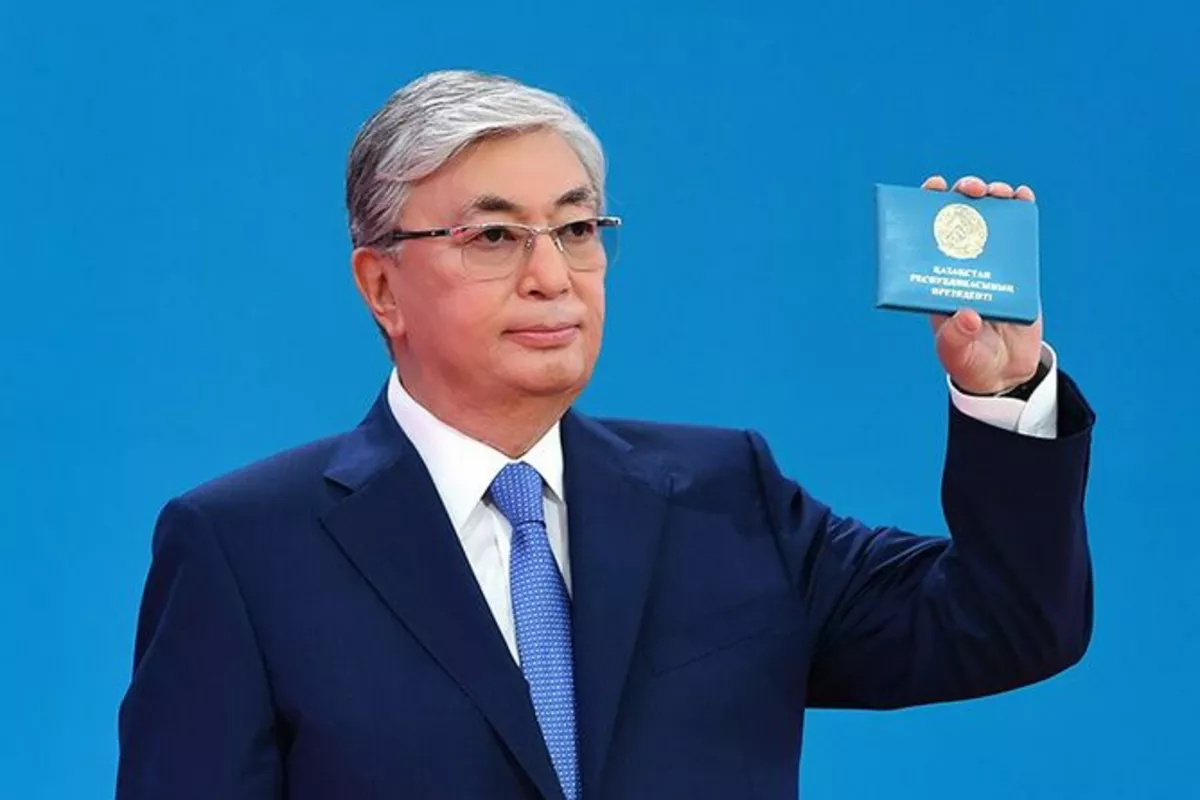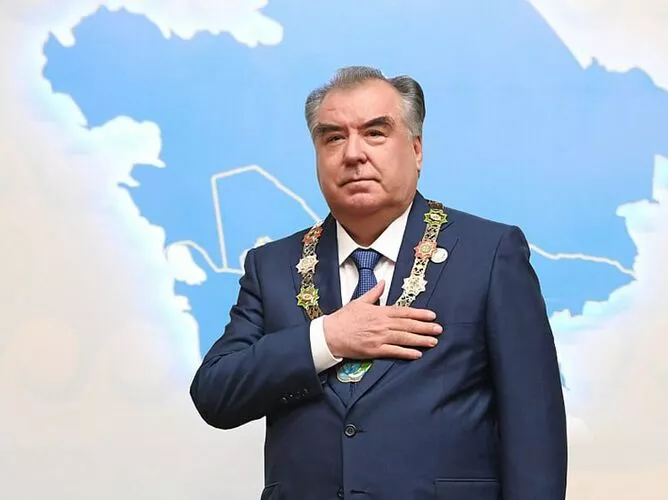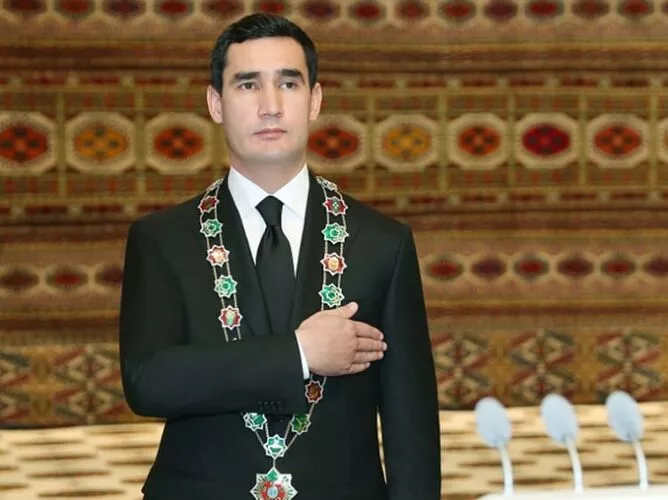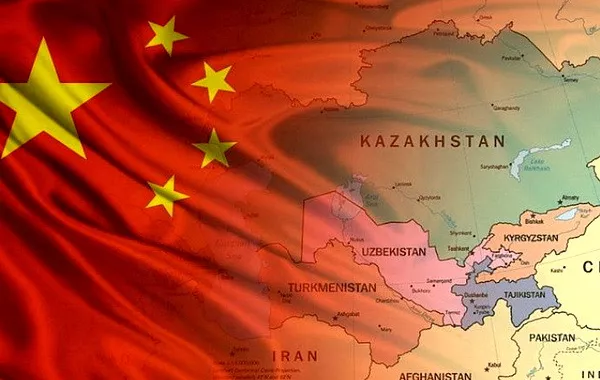
Photo credit: 24.kg
The official incomes of Central Asian leaders vary based on factors such as the region's economic conditions, standard of living, and political systems.
While exact figures are often not publicly disclosed, approximate estimates can be inferred from official sources and government statements, The Caspian Post reports citing 24.kg.
President Kassym-Jomart Tokayev earns 10.4 million tenge per year, which is equivalent to about 867,000 tenge per month (about $2,000). This is one of the highest salaries in the region, reflecting the size of the country’s economy.
Uzbekistan

Shavkat Mirziyoyev earns about $80,000 per year: this is about $6,600 per month. For a republic with a rapidly growing economy and a large population, this amount is considered relatively moderate.
Tajikistan

In 2024, Emomali Rahmon donated his monthly salary to the fight against COVID-19, but the exact amount was not disclosed. According to other sources, the President of Tajikistan earns about $50,000 annually (approximately $4,100 per month). Given the country’s low standard of living, this is a relatively significant income by local standards.
Kyrgyzstan

According to his 2023 tax return, President Sadyr Japarov earned 2,760,335 soms, which is about $31,500 per year, or $2,600 per month. By local standards, this is a modest income for a head of state.
Turkmenistan

In 2025, President Serdar Berdimuhamedow approved a 10 percent salary increase across the country, but the specific figures were never disclosed. Turkmenistan is a closed country, but it is assumed that the president’s income is high, given the country’s revenue from the energy sector.
Financial openness is a key indicator of government transparency and public trust in state institutions. In Central Asia, where issues like corruption and lack of openness are often discussed, understanding the real incomes of national leaders provides insight into the fairness and efficiency of the system.
Moreover, salaries are only part of the leaders’ income, because they often have access to state resources, benefits and preferences that are not included in official figures.
Share on social media
